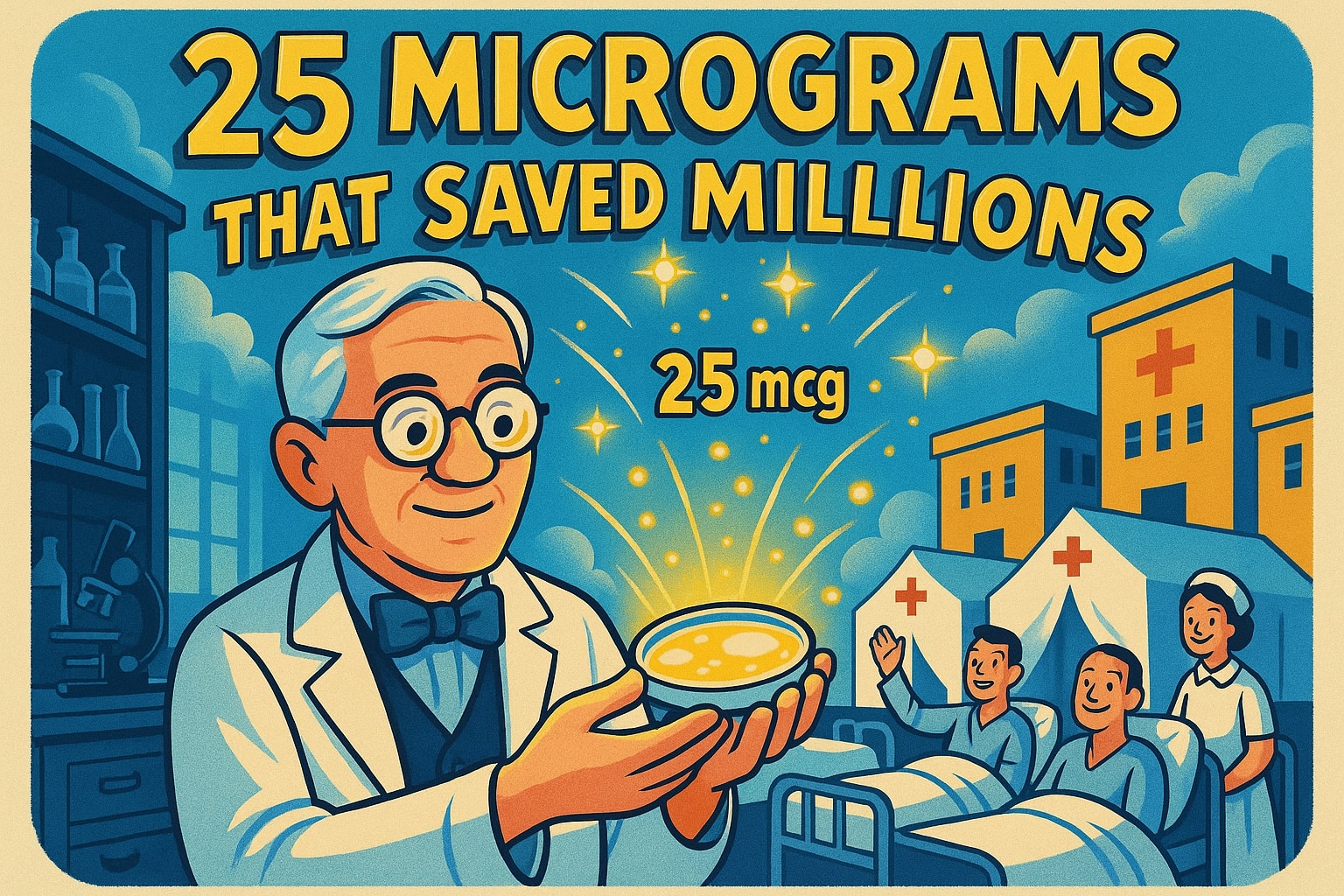Now that you know how to convert mcg to g, you can easily handle nutrient labels, medication dosages, and chemical quantities. For more versatile unit switching—across weights, lengths, and beyond—explore our comprehensive Conversion tool and make every calculation effortless!
How to convert micrograms to grams?
The mcg to g conversion is commonly used in fields like pharmaceuticals, nutrition, and chemistry, where precise measurements are crucial. Since micrograms (mcg) and grams (g) are both metric units, converting between them is simple. Since micrograms (mcg) and grams (g) are both metric units, converting between them is simple—and for instant results, try our intuitive Weight Converter to get accurate values in a flash!

Micrograms vs. Grams
-
1 gram (g) = 1,000,000 micrograms (mcg)
-
Micrograms (mcg) are used to measure extremely small amounts, especially in medications, vitamins, and scientific research.
To convert micrograms to grams, use this formula:
Grams (g) = Micrograms (mcg) ÷ 1,000,000
Example: Convert 500,000 mcg to grams:
500,000 ÷ 1,000,000 = 0.5 g
Did You Know?
-
The recommended daily intake of vitamin B12 for adults is around 2.4 mcg.
-
A single grain of table salt weighs approximately 60 mcg.
-
The smallest known bacterium, Mycoplasma, has a mass of around 200 mcg.
-
Gold nanoparticles used in medical research can weigh as little as 10 mcg.
-
A typical tablet of aspirin contains 325 mg (325,000 mcg) of active ingredient.
The Story of the 25-Microgram Discovery That Changed Medicine
In 1928, scientist Alexander Fleming discovered penicillin, the world’s first antibiotic. Initially, only tiny amounts of penicillin—measured in micrograms (mcg)—were available, making it difficult to treat infections on a large scale.
During World War II, researchers developed methods to mass-produce penicillin, saving millions of lives. Today, antibiotics are prescribed in carefully measured doses, often calculated in mg or mcg, proving how precise measurements can revolutionize medicine.


